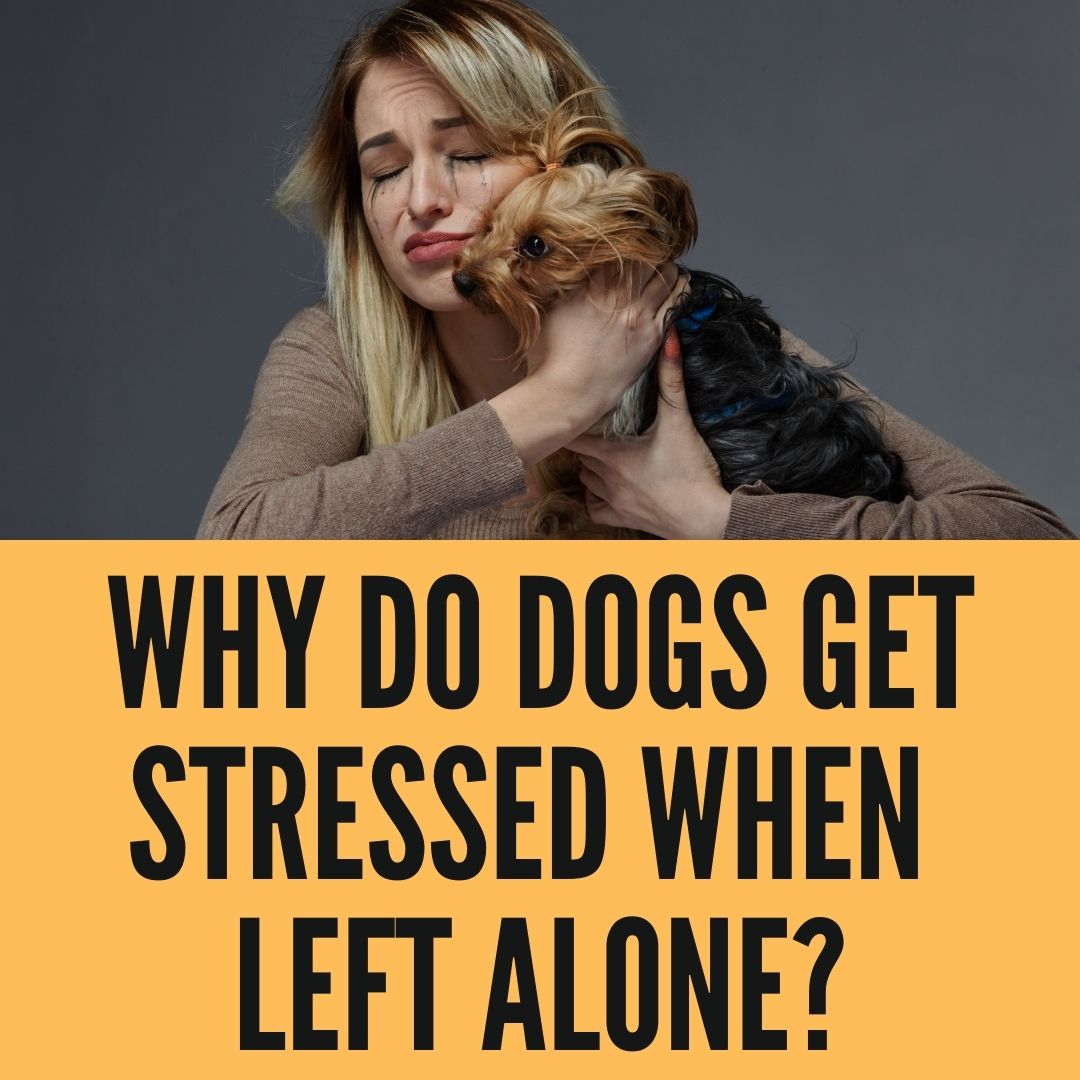Adopting a dog for the first time can be a very exciting and rewarding experience.
New dog owners may spend a lot of time with the pet in the first few days but then need to return to work or school.
When their owners leave the house, many dogs start showing signs of separation anxiety.
Why is it that dogs get upset when they are alone, and what can their owners do to make them feel more at ease?
Symptoms of Separation Anxiety
As a new pet owner, it can be difficult to distinguish the signs and figure out what is wrong with your dog.
Separation anxiety is very common in dogs and tends to take the form of the following symptoms:
- Barking, howling, or excessive whining for no apparent reason
- Soiling themselves inside even when they are house-broken
- Trying to escape
- Attempting to prevent their owner from leaving
- Destroying objects or door frames, often to the point of self-harm
- Pacing back and forth
If your dog is displaying any of these signs, they are likely suffering from a serious form of stress.
To monitor your dog’s behavior when you are not home, set up a pet camera in the house. This way, you will be able to see the signs of separation anxiety right away.
What Can I do About My Dog’s Separation Anxiety?
It is best to deal with the problem as soon as you can. Otherwise, your dog will always work themselves up when you leave the house, and they will be very upset if you have to stay somewhere else overnight and decide to leave them in one of the dog hotels in your town.
The first thing that you should do is consult a veterinarian right away. Your dog needs to have a thorough checkup to ensure that there is no medical condition that is causing them to act out.
After the vet has performed the examination and found nothing, it is safe to assume that the problem is anxiety.
When you first bring your dog home, do not encourage them to be clingy. Practice having them stay in one room of the home while you are in another. This will get them used to you being out of sight, but they can still smell you for comfort.
When you come in from outside, your dog will likely get worked up with excitement. Do not make a fuss over the dog, instead wait a few minutes until you even greet them. This will establish the fact that you entering and exiting the house is not a major event.
Crate training is one of the preferred methods of resolving separation anxiety. Make your dog’s crate into a snug and cozy sanctuary for them. Leave special toys in the crate that they only get to play with when they are inside.
This is teaching your dog to settle down and relax while in the crate. Practice leaving the house for a short amount of time and leave the dog in the crate. This method will eventually ease their anxiety until they are able to remain outside the crate while you are out.
What Causes Separation Anxiety in Dogs?
If your dog is a rescue, there is a higher chance that they will have separation anxiety with you. When their old owners abandoned or relinquished them to the shelter, this could have confused the dog.
Therefore, they will cling to you in the hopes that you will not leave them as well.
Puppies can also fall victim to separation anxiety if they have never been alone in their lives before. This is especially the case if you bring a puppy home and take some time off work or work from home.
When it comes time for you to leave for your regular schedule, the puppy will be new to the idea of being alone.
A change in a dog’s routine can also trigger separation anxiety. This can happen if a family member were to pass away or someone were to move out. The dog will feel the change in the household and desire constant companionship.
